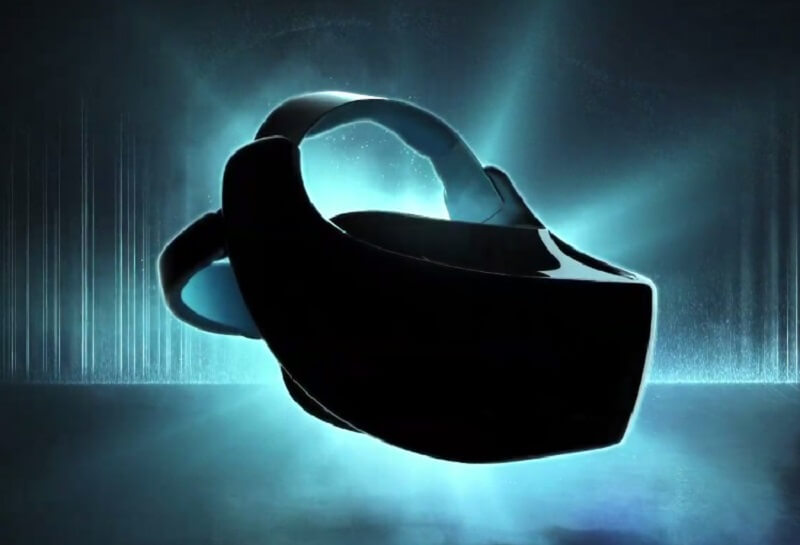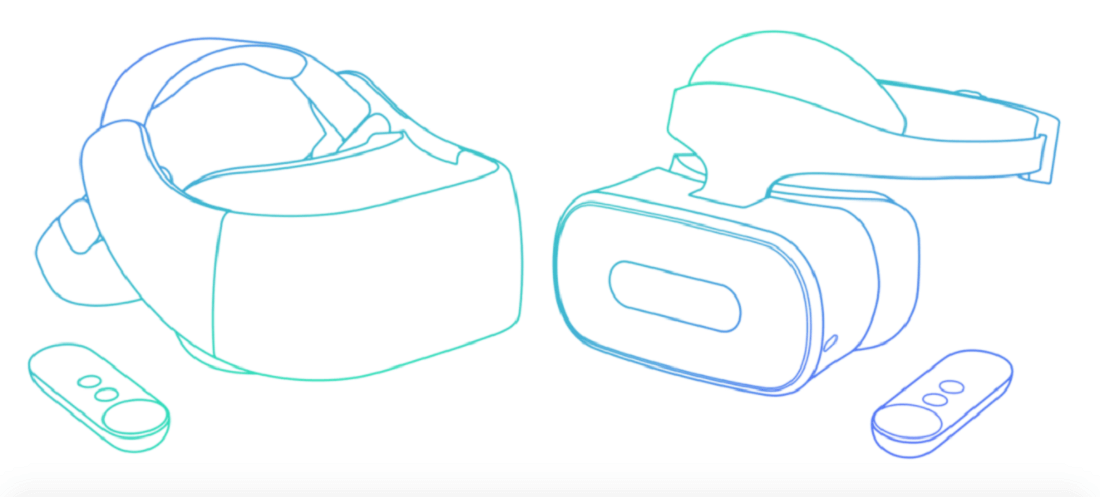
Many agree that current PC-powered virtual reality setups are held back by their cumbersome headsets and trailing cables. Mobile VR offers a solution to these problems, but the experience isn’t on the same level. At its I/O conference, Google revealed it wants to bring the best of both worlds - advanced 3D graphics and mobility - into standalone mobile VR headsets based on its Daydream platform.
Google is working with Qualcomm on a reference design for the new products, which won’t require a smartphone or PC. They will have a positional tracking system called WorldSense, which uses a “handful” of sensors to offer six degrees-of-freedom; this means users can move freely instead of looking around from a fixed point.
Google is partnering with HTC, the company behind the Vive, and Lenovo to build the headsets. “Vive will be making a stand-alone VR product for the Google Daydream Platform,” an HTC representative said. “Vive represents the best VR experience in market, whether it is PC-powered or stand-alone devices. We’ve been working with developers and consumers for years to ensure Vive offers the best VR solution, no matter what form it takes.”
New #Daydream standalone headsets from partners like @htcvive won't require a phone or PC. #io17 pic.twitter.com/7TpYPJGEdU
— Google (@Google) May 17, 2017
Backchannel reveals that Google has already built a “clunky” prototype reference model. Lenovo and HTC plan to release improved commercial versions in the coming months. The price will be similar to the $600 - $700 PC-powered systems from Oculus and HTC – somewhere in the mid-hundreds range.

The price tag may seem expensive, but experiencing high-end VR without being tethered to a beefy PC could encourage people to hand over the cash for one of the headsets. Plus, its Seurat rendering system (named after painter Georges Seurat) is said to produce graphics comparable to the PC-based VR systems while drawing much lower amounts of power.
https://www.techspot.com/news/69368-google-standalone-headsets-built-partners-htc-lenovo-arrive.html